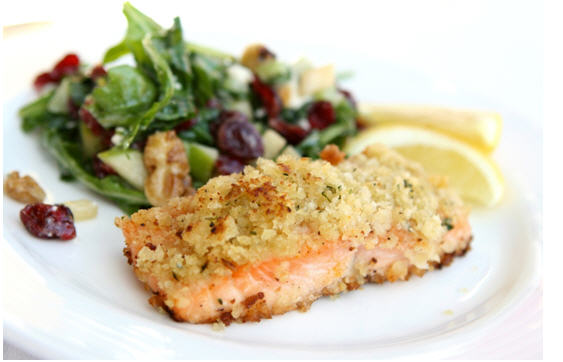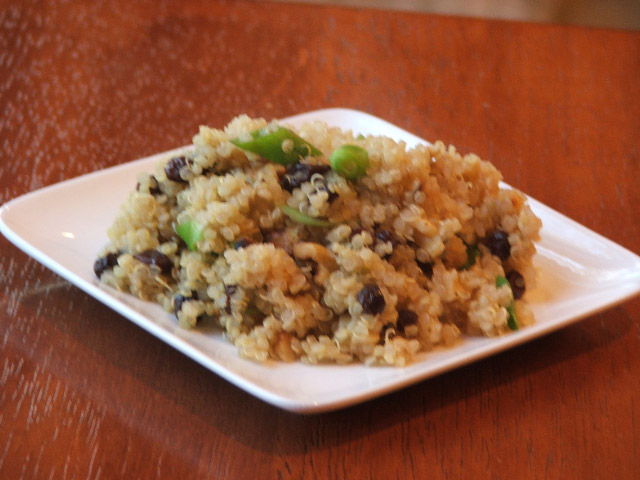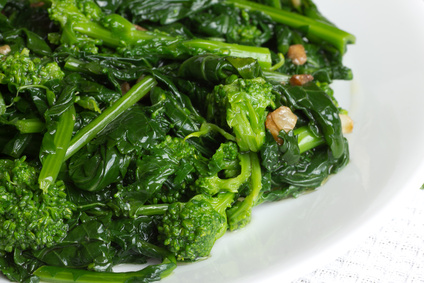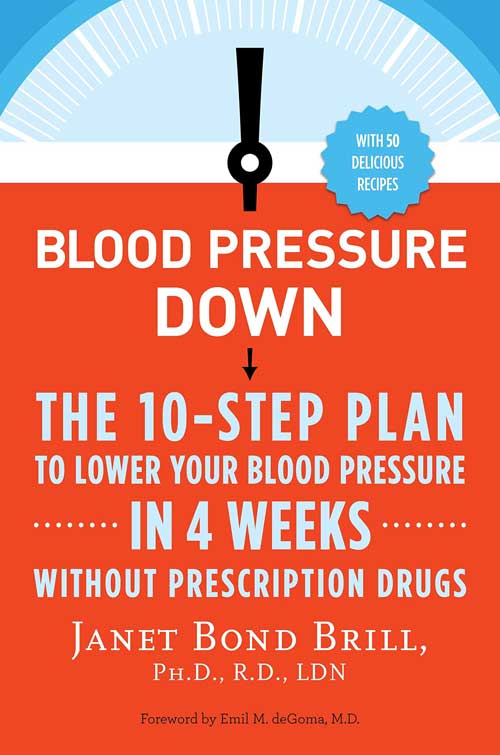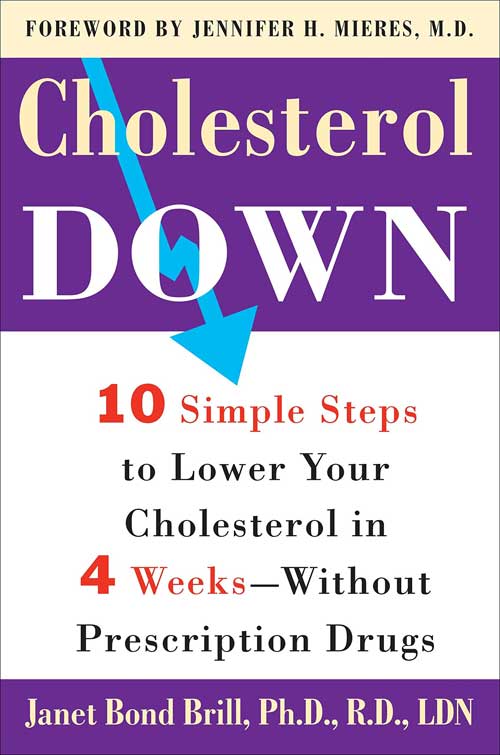Organize Your Refrigerator for a Healthier YOU!
By

 April, time for spring cleaning of your body, mind and soul! One simple cleanse you can do, which will surely have major health benefits, is to strategically fill your refrigerator with nutritious foods. By organizing your fridge so that you are more likely to consume healthier foods, you will be taking action to increase your daily well-being.
April, time for spring cleaning of your body, mind and soul! One simple cleanse you can do, which will surely have major health benefits, is to strategically fill your refrigerator with nutritious foods. By organizing your fridge so that you are more likely to consume healthier foods, you will be taking action to increase your daily well-being.
Here are 8 doable refrigerator tips:
- Calcium-Rich Foods: buy calcium-rich low fat foods such as fat-free milk, light soy milk and 0% yogurts and keep them on the higher shelves, not on the door. In the cheese drawer, choose low fat/fat-free versions of cheese such as Laughing Cow, farmer cheese, low sodium cottage cheese or skim mozzarella. Keep some strong shredded cheeses such as Romano or asiago and use just a touch for flavoring.
- Keep lean meats in a separate drawer. Wrap fresh fish and seafood loosely in wax paper or aluminum foil and be sure to eat within 1-2 days. Double wrap all raw meat, poultry and seafood to prevent juices from contaminating other foods. Aim for eating mostly skinless poultry and fish in lieu of red meat.
- Eggs: it is best to store eggs in their original cardboard containers on a shelf, not the refrigerator door. Keep egg substitute on hand for cooking and baking and moderate your intake of egg yolks to a maximum of one per day.
- Shop often for fresh, local and seasonal produce. Keep fragile fruits and vegetables stored in the appropriate crisper drawers at the bottom of your fridge. If your fridge doesn’t have crisper drawers, take a clear container with a sealable top and store the produce there. Make sure to wash the produce right before eating. You might consider keeping small Tupperware containers of pre-cut and washed, ready-to-eat, fruit and veggies at eye level.
- Condiments: Keep the most frequently used condiments in the fridge door and group the remaining dresses and sauces in the back of the refrigerator. You can also place opened oils such as canola, olive and flaxseed oils here as well.
Have the reduced-fat versions of dressings and other healthy condiments available such as: horseradish, salsa, mustards, low sodium ketchup, light mayo, pesto, minced or whole peeled garlic, roasted red peppers, sun-dried tomatoes, hummus and nut butters. - Beverages: Keep the most frequently used beverages in the fridge door and group the remaining on the top and toward the back of the tallest shelf. Keep water, sparkling water, 100% fruit juice, and low-sodium vegetable juices handy.
- Freezer: Store frozen fruit (without added sugar) for smoothies and baking. Frozen veggies (with a short ingredients list) come in handy for quick stir-fries.
Have pre-portioned servings of lean meats, very lean ground beef (or turkey) patties, veggie patties, skinless chicken breasts, and seafood available. Keep frozen fruit bars, fat-free ice cream, and frozen yogurt on hand. Store 100% whole grain bread, whole grain prepared pizza crusts, waffles, English muffins, and other whole grains for last-minute meals. - Remember, home is where the HEALTH is…at least as far as your kitchen and pantry. Of all the tips above, positioning some ready-to-eat fruits and veggies front and center—at eye level—for quick snacks is my favorite. Take control of your eating habits by organizing your refrigerator this spring. I urge all of you to take the time to fill your refrigerator with fresh and nutritious foods for a happier, healthier you!
Best of health,
Dr. Janet






